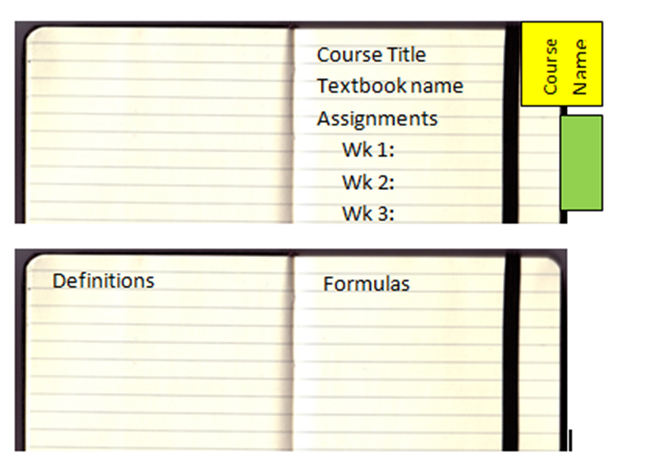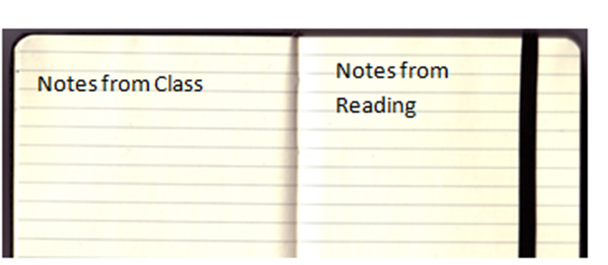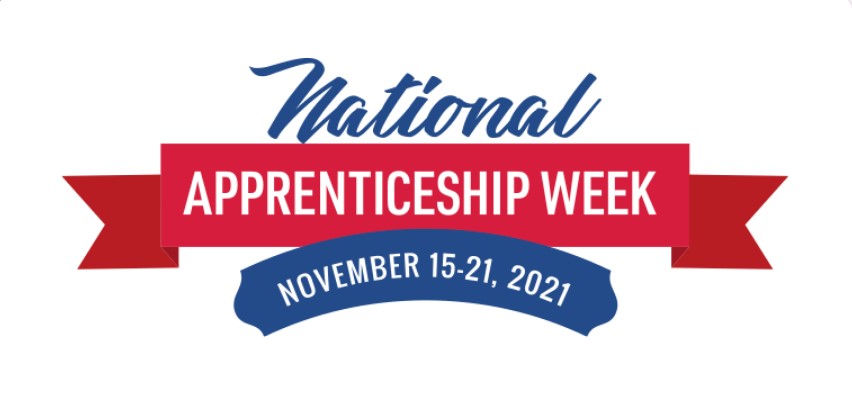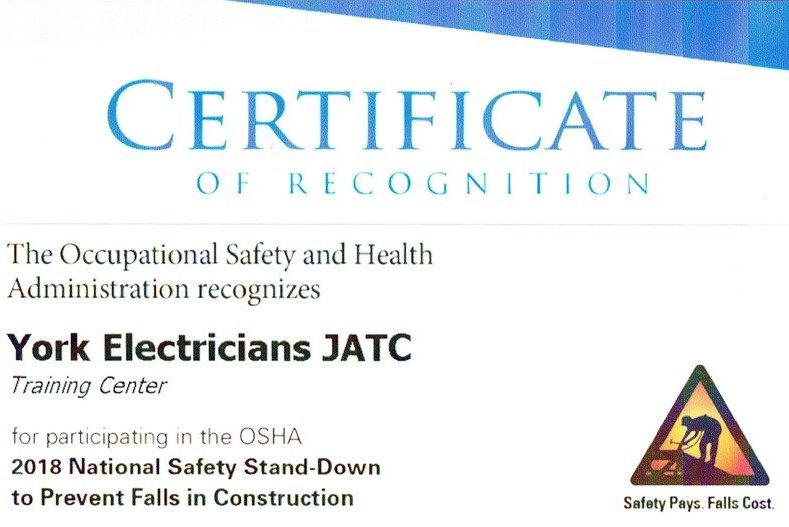The 7th annual National Apprenticeship Week (NAW) has been announced for November 15-21, 2021. This…
Taking Notes in a Technical Class
The new school year is nearly upon us. That means more long hours of class, homework, and studying. As adult learners, our time is extremely valuable to us and it is easy to get burned out. Below you will find some tips that may help you use your time more effectively and improve your learning experience. I have created a guide that will improve the way you take notes in a program like ours. There are several ideas and each student will need to find exactly what works best for them. However, this guide should help you get started.
How to take notes in technical classes.
We all know the importance of taking notes in school. However, too often these skills are underdeveloped in high school. Students starting college or post-secondary schools are often ill-equipped for the difficulty of content and pace with which it is delivered. Therefore, learning to take quality notes is critical to success in these programs. Below are some basic tips to help get students on the right track. There are also weblinks to dig deeper into this topic.
The first step is to set up your notebook and try to maintain some consistency. One method is to use a separate notebook for each subject or to use post-it tabs to separate each section within one notebook. A concept that some have found helpful is to start a section with the title of the subject and the name of the book used. In college, an APA citation of the text is also helpful here. The rest of this page can be used to write down the assignments for that course. The next page or two can be left blank to allow room for a definition page and/or a formula page depending on the subject.
Then the actual notes would start on the next page. One idea is to only write on the front side of each page when taking notes from the textbook. This will allow you to take notes from the teacher on the opposite page, across from where a topic aligns with your reading notes. This will also buy you some space in case you need to add something in later. It is a good idea to date your notes pages and start each chapter on a fresh page. This will help to maintain organization and continuity between subjects. Remember, there is no reason to try to cram your notes together to save paper. When was the last time you actually used every page in a notebook anyway?
Tips:
- Date your notes pages.
- Use post-it flags to identify the different subjects or sections.
- Use diagrams and label the components.
- For complex diagrams (or if you are bad at drawing like me), print them out and tape them into your notebook.
- Include a sample problem with each equation.
- Don’t be afraid of leaving plenty of space between notes in case you need to add something later.
- Have a separate definition page. Number each entry. Use those numbers in your notes next to a word you may need to reference.
- When taking notes during a reading, place a question mark next to a word or topic you don’t understand so you remember to ask the teacher when you return to class.
- Write page or diagram reference numbers when taking notes from the book to save time from rewriting a long note or copying a chart.
- Write your notes in your own words. If you can’t explain it in your own words, you don’t really understand it.
- Use abbreviations whenever possible
Abbreviation ideas:
- Use an X with a circle around it to indicate exceptions to rules. This makes it easy to identify when browsing your notes
- w/ = with
- w/i = within
- w/o = without
- b/c = because
- b4 = before
- b/t = between
- govt = government
- natl = national
- con’t = continued
- It’s okay to use texting abbreviations as well as long as you can understand them later
Below are some more useful references on note taking. Remember, you need to find something that works well for you. Taking some time to hone your own system will save tons of time and aggravation later. It will help you stay organized during tough classes and help you study more productively. So, take the time now to develop this skill. You will be glad you did.
http://www.redlands.edu/docs/StudentLife/1AbbreviationsandSymbols.docx_UPDATED_7-09.pdf
http://www.essayzone.co.uk/blog/how-to-take-lecture-notes-quickly-common-abbreviations-and-symbols-for-students/
https://www.adelaide.edu.au/writingcentre/learning_guides/learningGuide_note-takingAbbreviations.pdf
http://www.sfu.ca/content/dam/sfu/computing/Undergraduate_students/AEP-files/NoteTaking.pdf
Some students have found Cornell Notes to be another effective way of staying organized. Learn about them here: http://coe.jmu.edu/learningtoolbox/cornellnotes.html





This Post Has 0 Comments